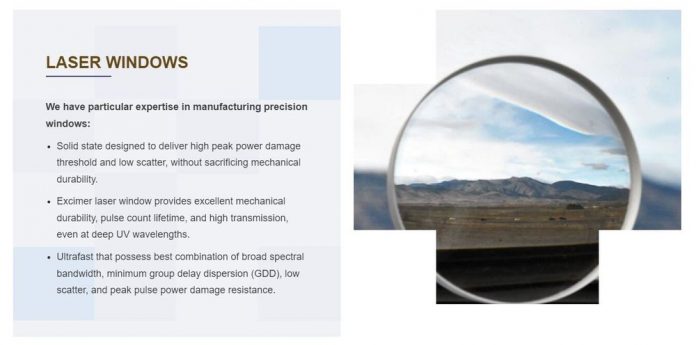Gain medium and cavity in laser:
An external source is used to put the gain medium into an excited state. Most lasers have a population of atoms in this medium that are excited to such a state by means of an external light source, or an electric field that supplies energy to absorb the atoms and convert them to their excited states. The gain medium that is used in the laser is basically a material that has controlled purity, concentration, size, and shape, which enhances or amplifies the beam through the process of stimulated emission. The material used in the gain medium can be of any state liquid, gas, plasma, or solid. The gain medium absorbs the pump energy, which elevates some electrons to higher-energy («excited») quantum states.
Particles get in touch or interact with the light by either emitting or absorbing photons. Emission can be stimulated or spontaneous. In the latter case, the emission of the photon is done in the same direction as the light that is passing by. Population inversion occurs when the number of particles in the excited state exceeds the number of particles in the low-energy state. In this state, the rate of induced emission is greater than the rate of absorption of light in the medium, and hence the light is amplified. The glass used for manufacturing of lenses usually consist of fused silica optical windows and co2 laser beam optics.
Optical Amplifier
The system which consists of this property is known as an optical amplifier. When an optical amplifier is kept inside a resonant optical cavity, one obtains a laser. For media with extremely high gain, so-called super luminescence, it is possible that light can be sufficiently amplified in a single pass through the gain medium without the need for a resonator. Although this device is also referred to as a laser, the light emitted from such a device has the absence of temporal and spatial coherence achievable with lasers. Such a device cannot be described as an oscillator, but rather a high gain optical amplifier that amplifies its own spontaneous emission.
In some cases, the optical resonator is also known as the optical cavity, but this is a misnomer: lasers take advantage of the resonators as opposed to the literal cavity that is also used at microwave frequencies in a maser. The resonator usually consists of two mirrors, between which a coherent beam of light travels in both directions, which reflects itself so that an average photon of time is passed before being emitted from the output aperture or lost in diffraction or absorption be emission sometimes profits pass.






















